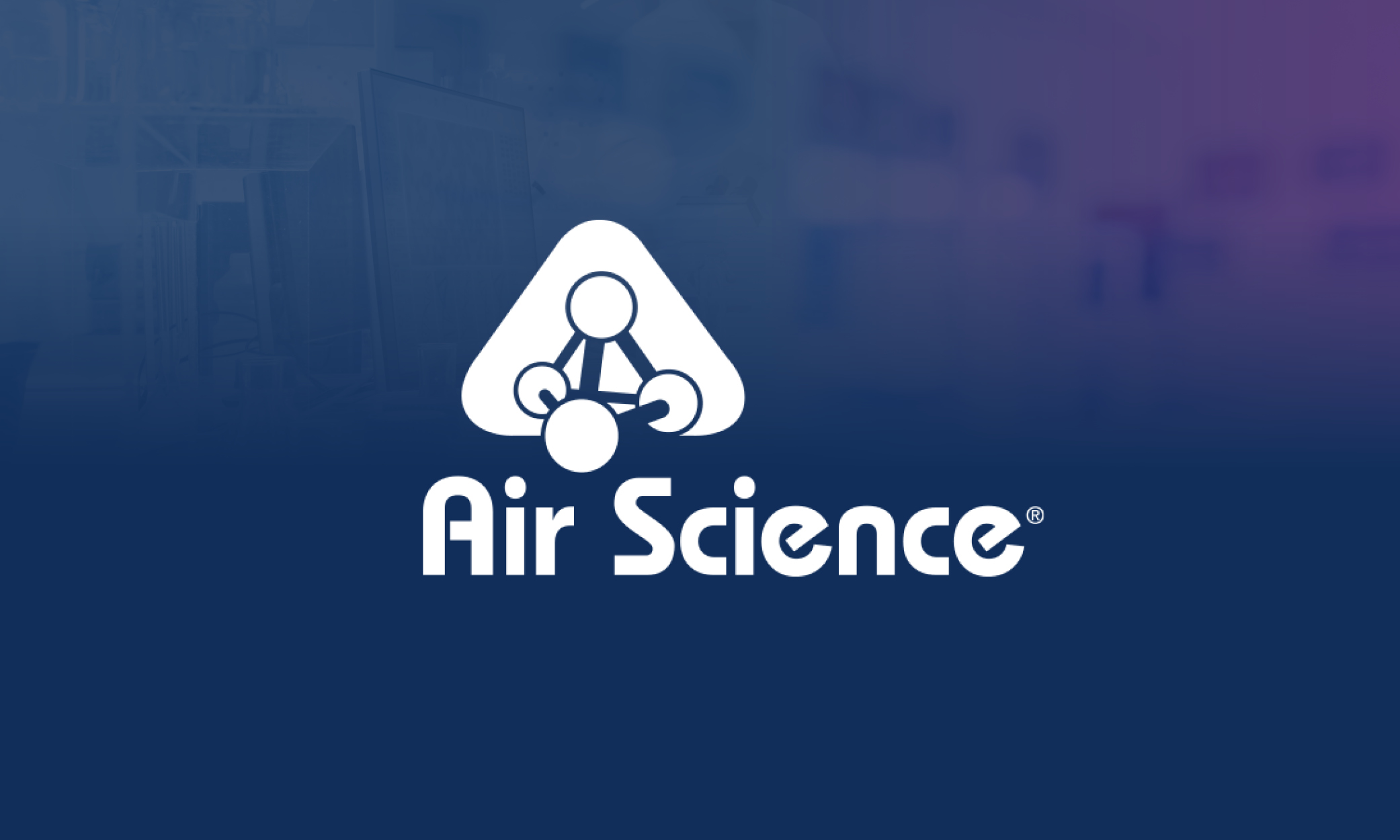
Start with a digital design and metal powder or a spool of plastic filament, load them into a 3D printer and await the creation of an object that could range in weight from a few ounces to a quarter ton.
This is 3D printing, an additive manufacturing technology that has experienced widespread growth across numerous industries in recent years including aviation, automotive, medicine and education as well as finding its home in small businesses and private residences.
There are many benefits to the ease and speed in which a product can be designed and produced through a 3D printer. But in the three decades since 3D printing was first introduced, little has been done to regulate the safety of the machines as they continue to emerge as mainstream research and production tools. Understanding this, there are many gaps in the information available about health and safety implications.
Emissions Considerations
Potential hazards of 3D printing involve worker exposure to emissions from heated filaments, polymers or powders. Experts say the risk depends on the engineering requirements of the object being printed, the material from which it’s produced and the printing method itself. It’s important to note, occupational exposure limits for 3D printer emissions have yet to be established.
Chief among the concerns of 3D printing is the release of volatile organic compounds (VOCs) and fine to ultra-fine particles into the air as materials break down during the printing process. Researchers have found even smaller, desktop 3D printers emit particles and compounds that are toxic and can cause illness. The effective methods for controlling exposure will change when you move from one type of 3D printing tool or device to another. Lower-cost printers tend to have a more significant amount of emissions. All 3D printers produce emissions, even those that appear to be enclosed. The age of the printer matters, too. The older the printer, the higher the level of toxins or particles emitted.
Workplace Safety: Exposure to Emissions a Major Concern
Overexposure to VOCs can irritate the eyes, nose and throat, cause headaches and loss of coordination as well as can cause pulmonary inflammation. Compounding concern over emissions is the amount of time it takes a 3D printer to print a project to completion. In some cases, a 3D printer can operate for several hours – or days – to print just one item.
There are potential hazards after printing, too. Post-processing procedures to finish, polish or otherwise refine the surface can generate particles that can be inhaled or cause injury.
Protecting the Workspace
With rigorous emissions standards yet to be established for 3D printers, employers need to take the appropriate steps to mitigate the threat to employees. That’s where Air Science® products can provide solutions.
Ductless fume hoods, custom enclosures and air filtration products designed and manufactured by Air Science can help to make operation of 3D printers safer for those who use them.
Air Science ductless fume hoods trap emissions and isolate vapors. They are self-contained. Many are portable so they can be moved as the 3D printer is moved. For larger 3D printers, Air Science can build custom enclosures to accommodate roll-in printer systems, robotics or other process equipment that requires containment to protect personnel and the environment.
Regardless of the size, the ductless fume hood traps and contains vapors, fumes, and, when complemented with HEPA/ ULPA filters, particles or biological effluent as a byproduct of leading-edge structural cell biology. The air in the containment module is scrubbed, filtered and returned to the room, making the fume hoods versatile, easy to install and cost efficient. Selected models have VOC monitors to guard against filter saturation and to assure exhaust air is safe.
Download our White Paper: Hidden Dangers of 3D Printing to learn more.